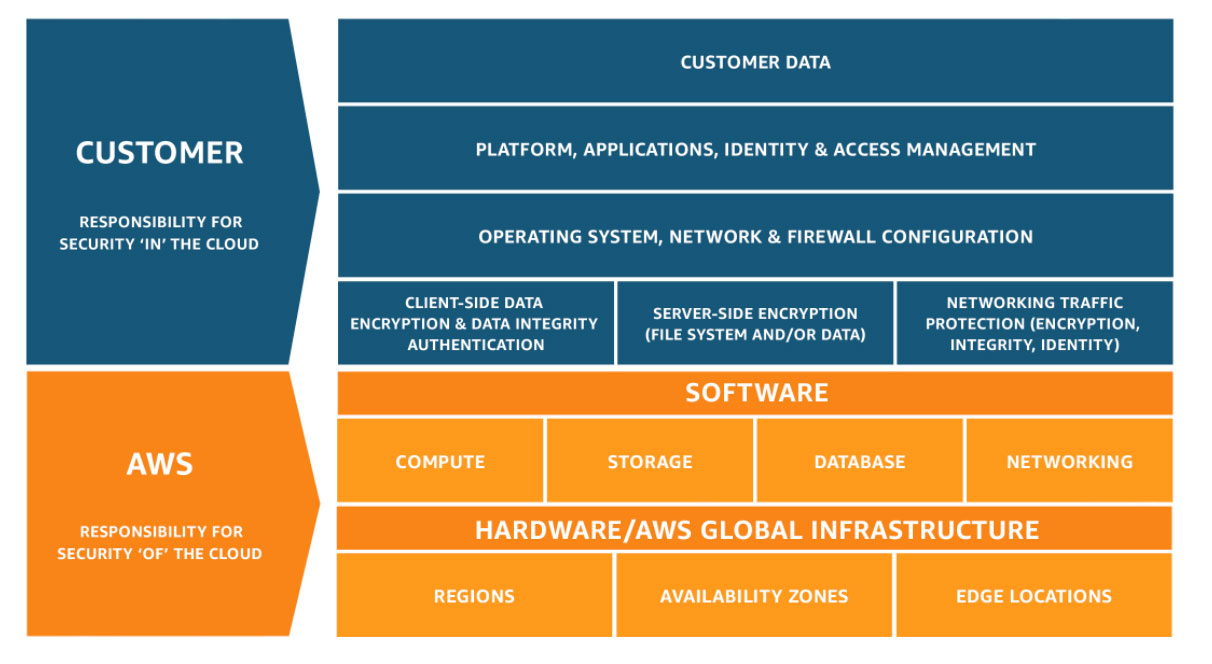AWS has the security shared responsibility model.

Anyone on the AWS platform understands where this model. However, security on AWS is not easy as AWS has always been a platform of innovation. AWS has released a ton of services AWS Config, Macie, Shield, Web Application Firewall, SCPs. Over the years, Landing zones and then Control Tower which builds security when starting multi-account on AWS. Lastly, the Well Architected Security Pillar to review and confirm your workload is well architected.
Last month, AWS released a comprehensive guide to a Security Reference Architecture. It was built by Professional Services, which is the customer implementation arm of AWS.
I’m not going to try to summarize a 62-page document in a blog article. Mainly the document is about defense-in-depth, which is security at each layer of the workload. There two key observations from the document. The first observation is it does follow Control Tower guidance. Terms have been changed. It requires workloads to be in separate OU from security and infrastructure(shared services). Again these are general security principles that limit blast radius if an application or account is compromised. Security account and log collection account need to be separate. This Control Tower recommended an OU structure. Also, keeping log data in an immutable state is best for audit analysis.
The second observation is it now talks about leverage the Infrastructure account for Egress and Ingress traffic to the internet. This is only possible with Transit Gateway or a Transit VPC, defined in the document but not mentioned as part of the VPC diagram.
Maybe it’s just because of hyperfocus on renewing certifications. However, I notice the bleed-over between networking and security and how proper networking architecture is to start good security hygiene.
